Please consider UPVOTING if you liked the project!
Overview of the EMBER-1 Lunar Lander
The EMBER-1 mission, developed by NSCA, is an ambitious lunar exploration project designed to land on the south pole of the Moon. This lander is engineered to withstand the challenges of lunar surface operations with cutting-edge technology in landing stability, thruster efficiency, and imaging capabilities.
Landing System: Robust Legs for Hard Impacts
One of the defining features of EMBER-1 is its reinforced landing legs, which provide exceptional stability upon touchdown. These legs are specifically designed to absorb high-impact forces, allowing for landings in rugged terrain with minimal structural damage. Given the unpredictable nature of the Moon’s surface—filled with craters, boulders, and loose regolith—this feature ensures a successful landing even under less-than-ideal conditions.
Advanced RCS Thruster System for Precision Mobility
To achieve precise and controlled landings, EMBER-1 is equipped with a sophisticated Reaction Control System (RCS). This system utilizes high-efficiency thrusters positioned strategically on the upper portion of the lander, allowing for optimized control of descent and lateral maneuvers. These thrusters ensure that EMBER-1 can make fine adjustments during final approach, correcting for any trajectory deviations and compensating for surface irregularities. The placement of the thrusters significantly improves fuel efficiency and mobility, making it one of the most adaptable landers NSCA has ever developed. These RCS thrusters also act as a secondary protection in case of a hard landing to keep the payload safe.
Innovative Lander Imager for Lunar Dust Analysis
A groundbreaking feature of EMBER-1 is its lander imager, which will eject from the lander at approximately 15 meters above the surface. This imager is designed to capture high-resolution footage of the landing process, focusing on the lunar dust ejected by the main engines. By studying this dust plume, scientists can gain critical insights into how lunar regolith behaves under extreme propulsion forces, contributing to future mission designs and hazard mitigation strategies for crewed lunar landings.
Optimized Engine Performance in Vacuum Conditions
NSCA has invested extensive resources in fine-tuning the lander’s engines to maximize efficiency in the Moon’s vacuum environment. The propulsion system has been carefully engineered to ensure optimal fuel consumption and thrust output. This enhancement is particularly crucial given the need to carry out precise maneuvers while minimizing fuel expenditure.
GENERAL INFO
- Successors 1 craft(s) +63 bonus
- Created On: iOS
- Game Version: 1.3.204.1
- Price: $755k
- Number of Parts: 160
- Dimensions: 3 m x 4 m x 3 m
PERFORMANCE
- Total Delta V: 1.4km/s
- Total Thrust: 64kN
- Engines: 11
- Wet Mass: 5,250kg
- Dry Mass: 2,823kg
STAGES
| Stage | Engines | Delta V | Thrust | Burn | Mass |
|---|---|---|---|---|---|
| 1 | 11 | 1.4km/s | 64kN | 87s | 5,250kg |
6 Comments
- Log in to leave a comment
-
-
453 NSCAone month ago
@OrionAerospaceTech thanks! The EMBER landers will probably carry NASA payloads so it will be CLPS contracted.
-
-
-

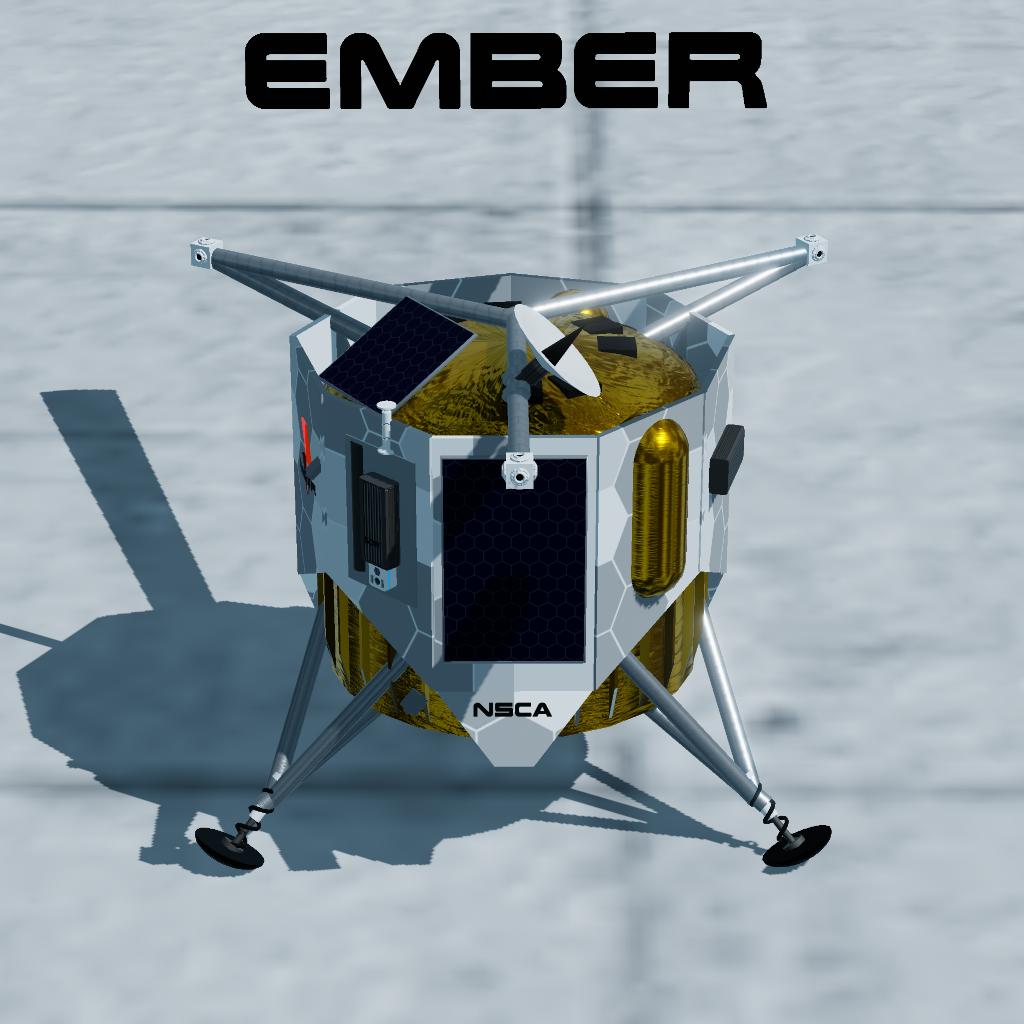
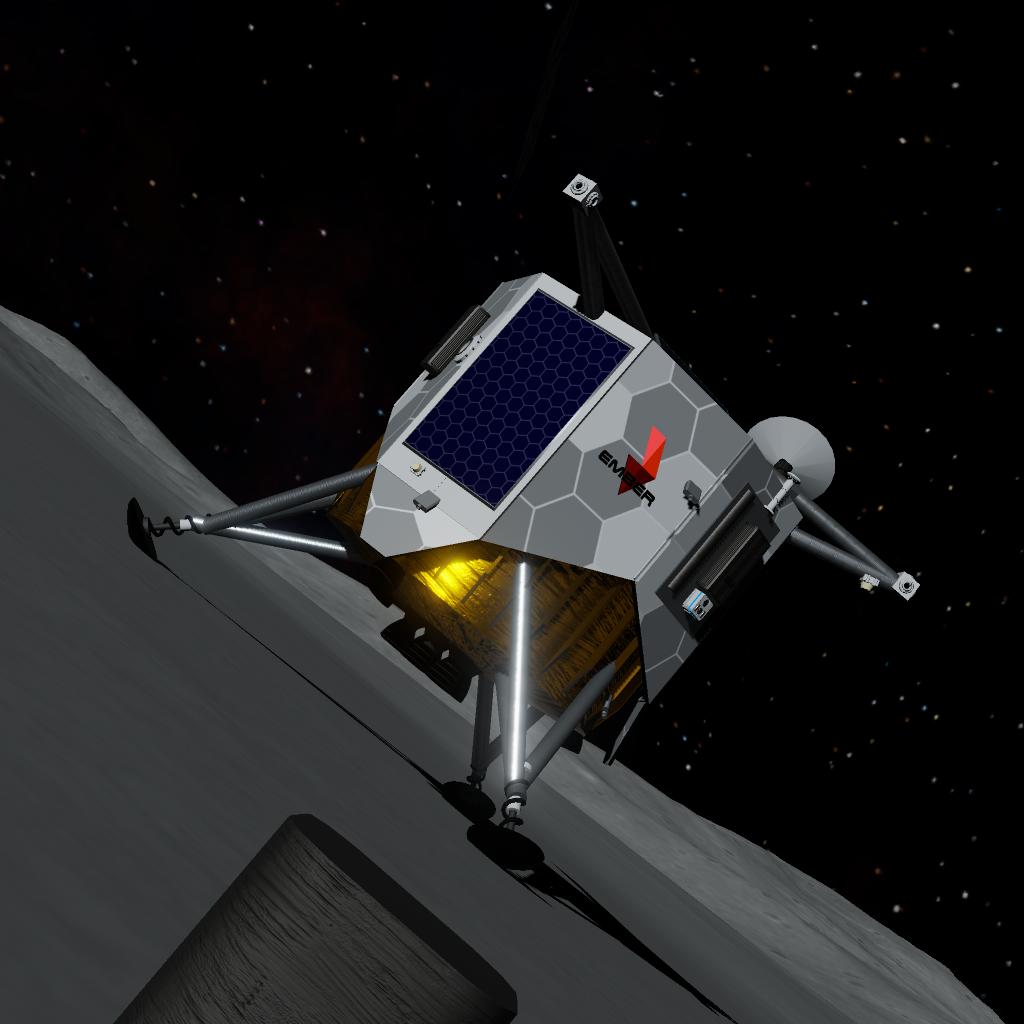
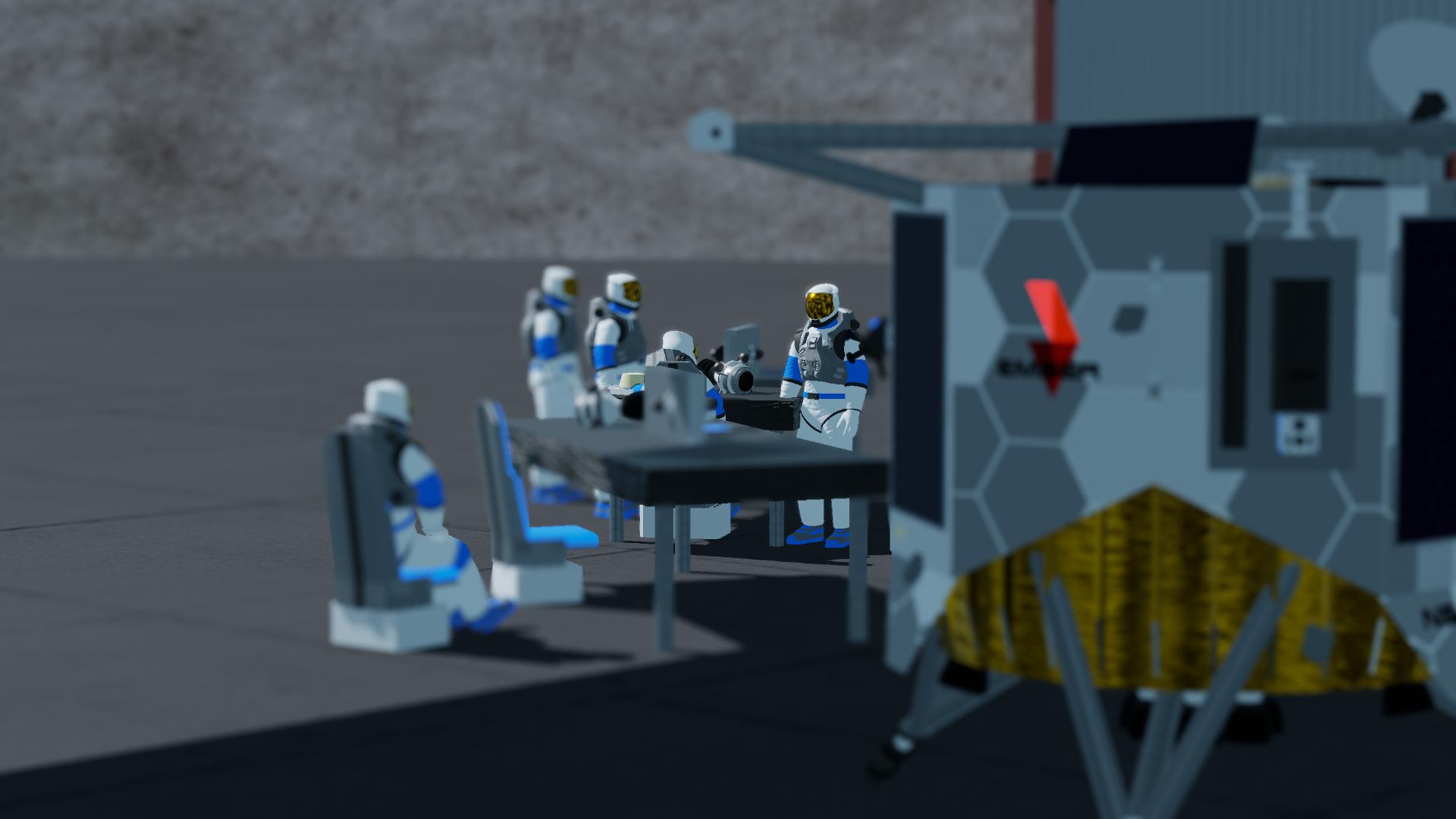
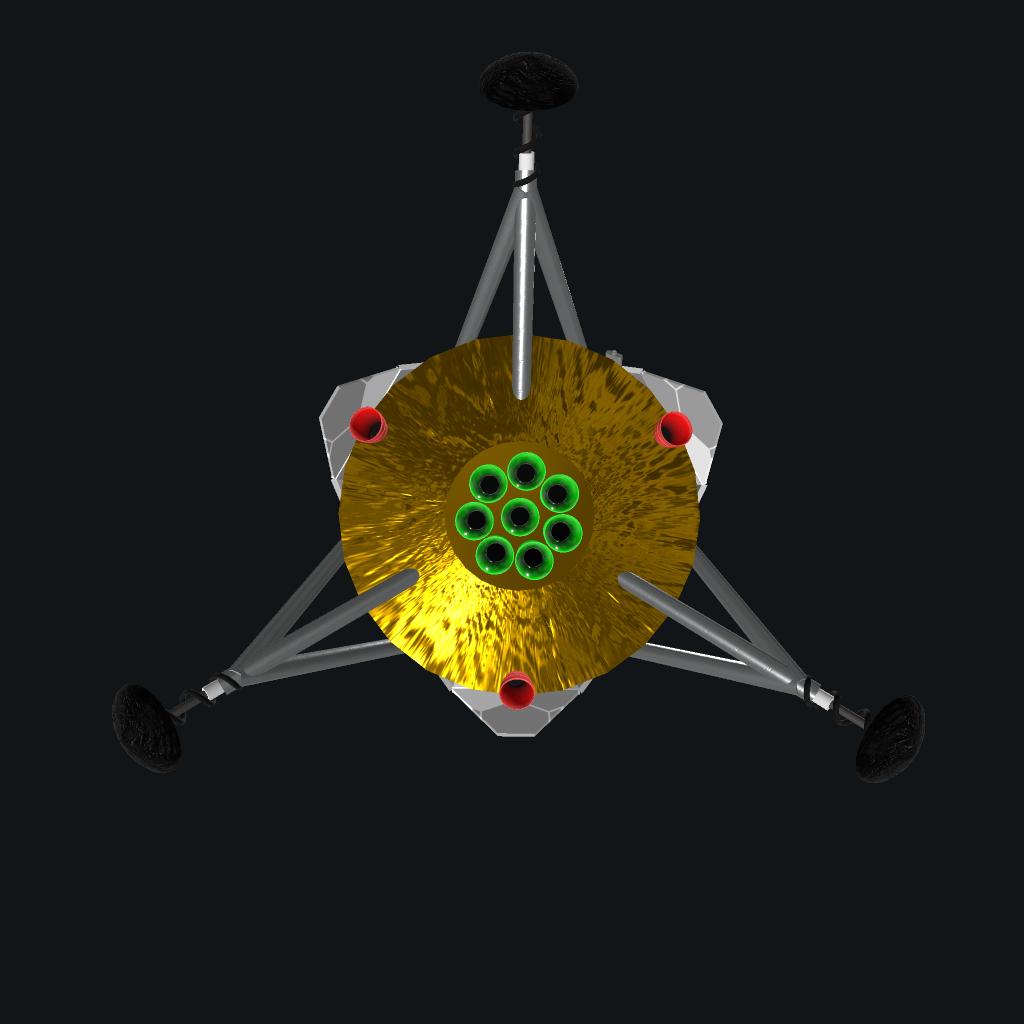
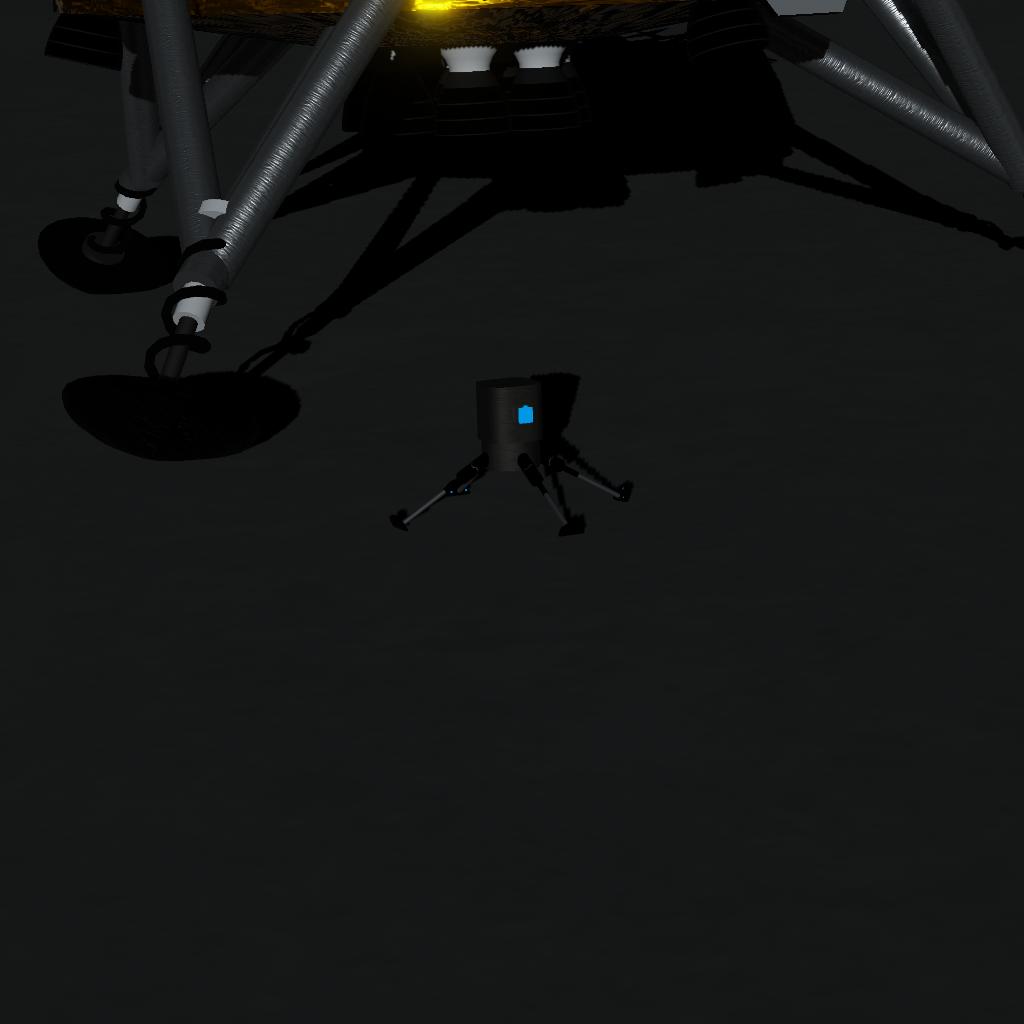



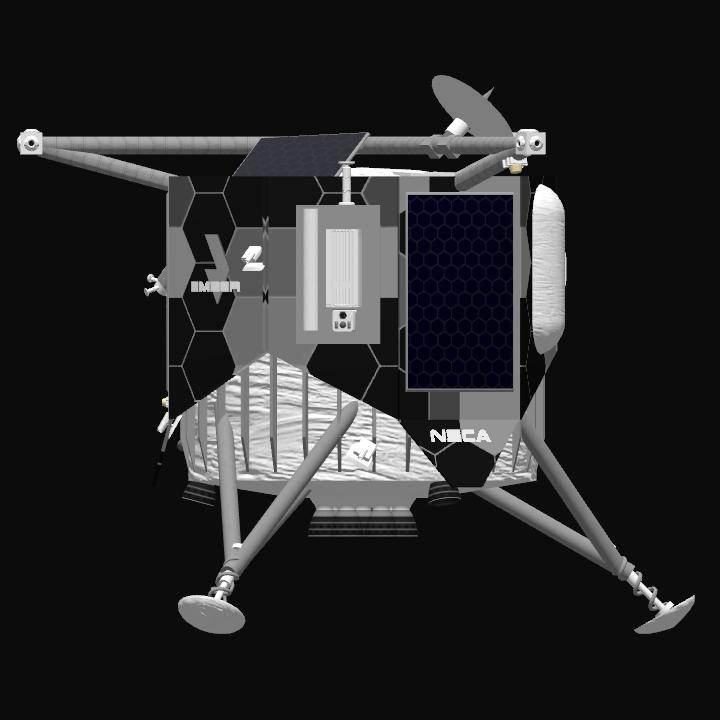
@qualapungo tysm!